Study reveals the mechanism of 1-MCP regulating the greasiness of pear peel during storage
Recently, the Fruit Postharvest Disorder and Disease Team at the Institute of Pomology, CAAS, discovered that 1-Methylcyclopropene (1-MCP) alleviates peel greasiness and regulates wax composition and microstructure in 'Yuluxiang' pears during storage. The related findings have been published in the Postharvest Biology and Technology.
Greasiness of pear peel is a kind of disorder during storage, which seriously affects the commercial value. The preliminary research of this team found that 1-MCP can inhibit greasiness by suppressing the accumulation of wax components in pear peel. However, we are still unclear about how 1-MCP regulates the accumulation of wax components in fruit peels, and which key wax components lead to skin greasiness? Which key genes are involved in the regulatory process?
Based on this, this study observed the changes in appearance and microstructure of fruits in the control group and 1-MCP treatment group after low-temperature transfer to room temperature, and found that 1-MCP significantly alleviated the greasiness of Yuluxiang pear peel. Subsequently, using gas chromatography-mass spectrometry technology, the differences in wax components between the control group and the 1-MCP treatment group were compared and analyzed, and it was confirmed that 1-MCP inhibited the accumulation of olefin components such as α- farnesene, 1-hexacene, 1-tetracene, and (E) - β - farnesene in the peel.
The team screened the key genes encoding plant long-chain acyl CoA synthase ( PyLACS9 ) and fatty acid desaturase ( PyFAD2 ) in the lipid metabolism pathway of fruit peel from the obtained transcriptome data, and found differential expression between the control group and the 1-MCP treatment group of Yuluxiang pear. RT-qPCR also confirmed that 1-MCP significantly inhibited the upregulation of PyLACS9 and PyFAD2 expression, and the LACS enzyme activity encoded by PyLACS9 . Therefore, it was further clarified that 1-MCP inhibits the upregulation of PyLACS9 and PyFAD2 expression, suppresses the accumulation of wax components that promote greasiness in fruit peels, and thus delays the occurrence of greasiness.
In addition, this article analyzed the correlation between 1-MCP on ethylene and the wax components of pear peel, and found that the release of ethylene was significantly positively correlated with the content of ester compounds in pear wax components. Therefore, it is speculated that 1-MCP may also affect the synthesis of wax components in fruit peels by inhibiting ethylene synthesis, thereby inhibiting the greasiness of fruit peels.
In summary, this study not only revealed the control effect of 1-MCP on pear skin greasiness, but also identified key components that affect skin greasiness and a new mechanism for 1-MCP to regulate skin greasiness, providing a theoretical basis for innovative post harvest quality deterioration prevention and control technologies and products for pears.
This study was supported by projects such as the Science and Technology Innovation Project of the CAAS (CAAS-ASTIP-RIP), and China Agriculture Research System - Pear (CARS-28).
Link: https://doi.org/10.1016/j.postharvbio.2025.113486
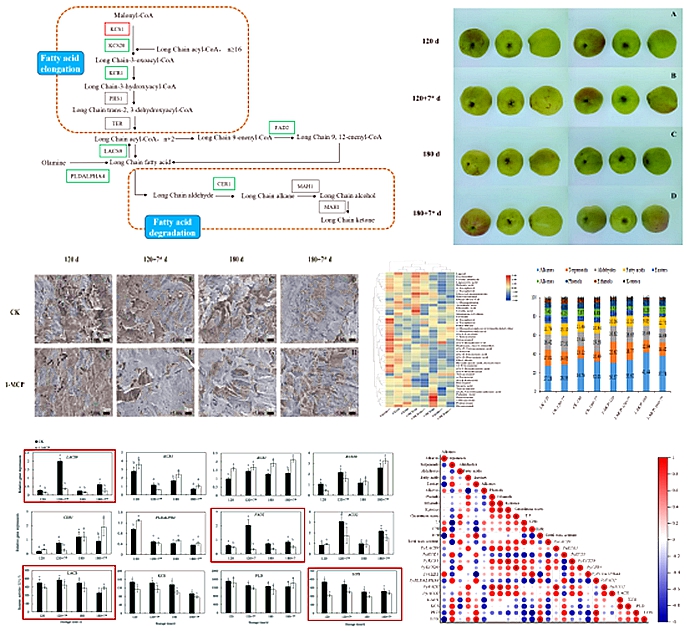
(By Xiaohui Jia, jiaxiaohui@caas.cn)
-
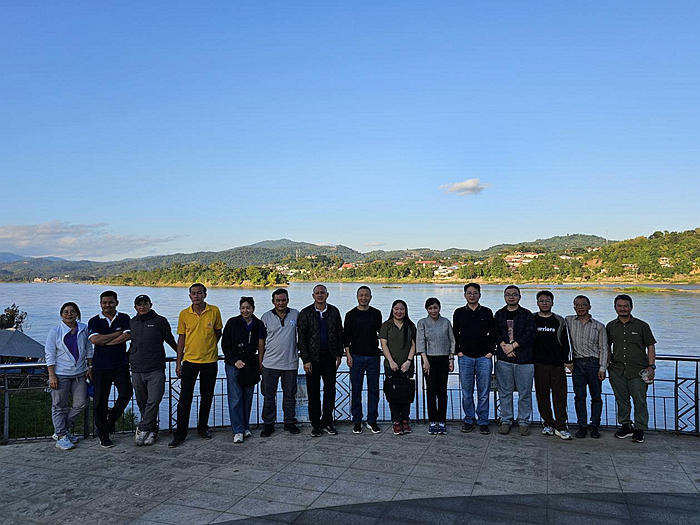 Jan 21, 2025IAED-CAAS Delegation Visits Thailand for Scientific Cooperation
Jan 21, 2025IAED-CAAS Delegation Visits Thailand for Scientific Cooperation -
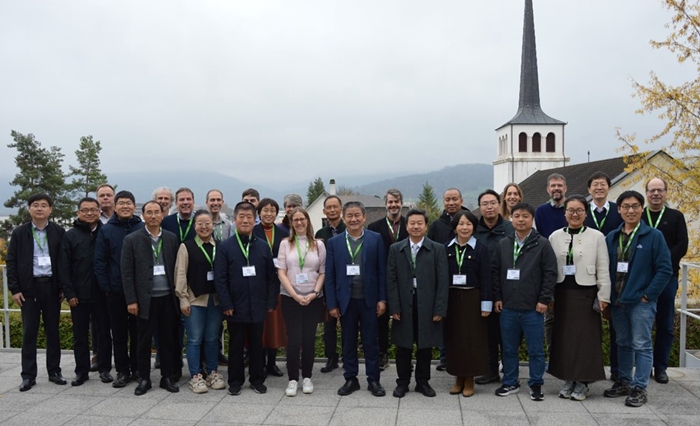 Dec 05, 2024China-CABI Project Development Workshop Held in Delémont, Switzerland
Dec 05, 2024China-CABI Project Development Workshop Held in Delémont, Switzerland -
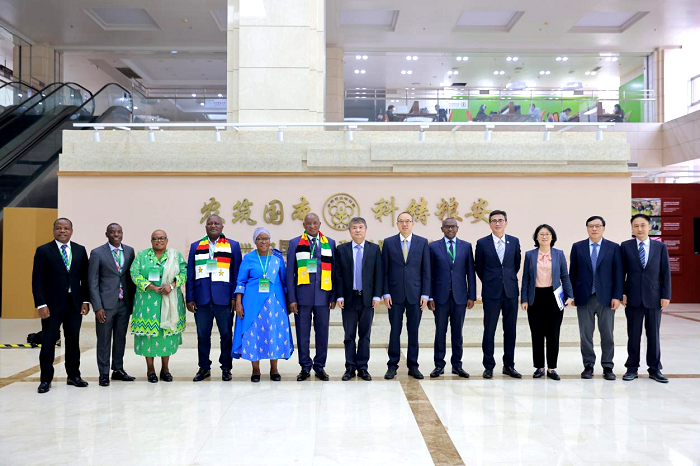 Dec 05, 2024Ministerial Workshop on Digital Agriculture and Rural Revitalization for BRI Partner Countries Held at CAAS
Dec 05, 2024Ministerial Workshop on Digital Agriculture and Rural Revitalization for BRI Partner Countries Held at CAAS -
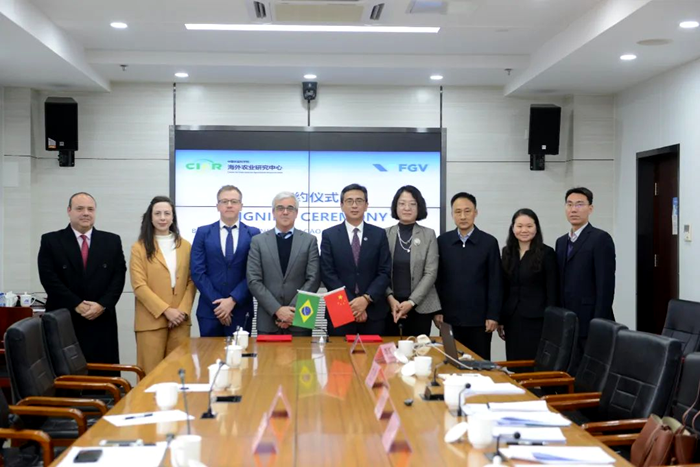 Dec 05, 2024CIAR and FGV Deepen Cooperation to Promote the Development of China-Brazil Green Agricultural Products Value Chain
Dec 05, 2024CIAR and FGV Deepen Cooperation to Promote the Development of China-Brazil Green Agricultural Products Value Chain -
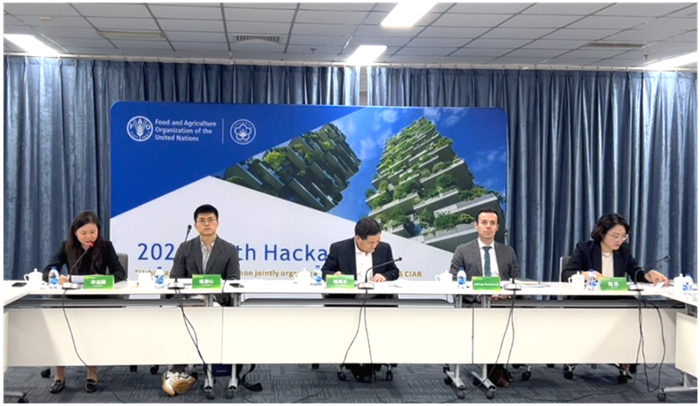 Dec 05, 20242024 Youth Hackathon for Urban Agriculture Finals Successfully Held in Beijing
Dec 05, 20242024 Youth Hackathon for Urban Agriculture Finals Successfully Held in Beijing
